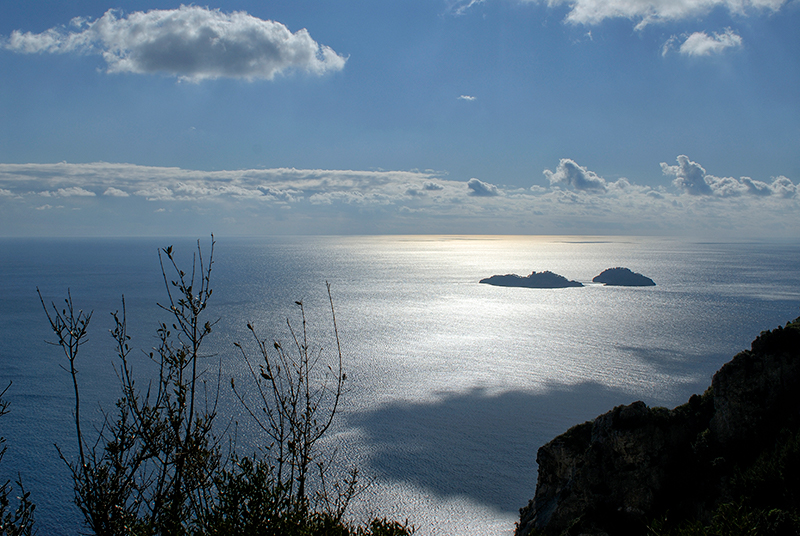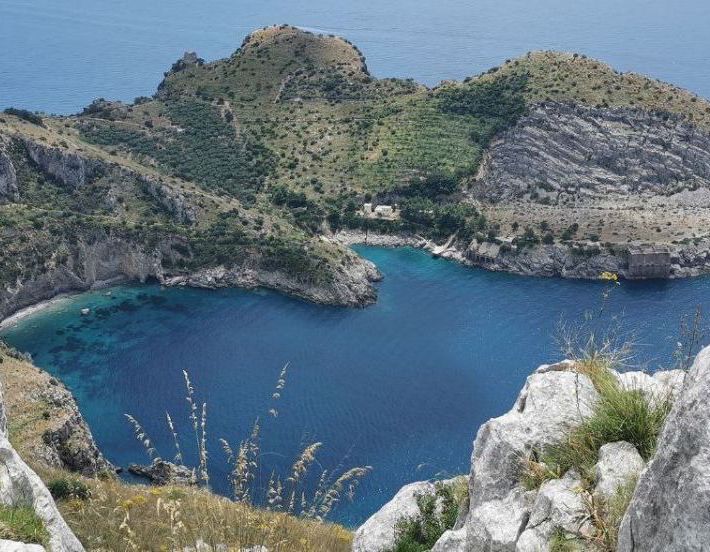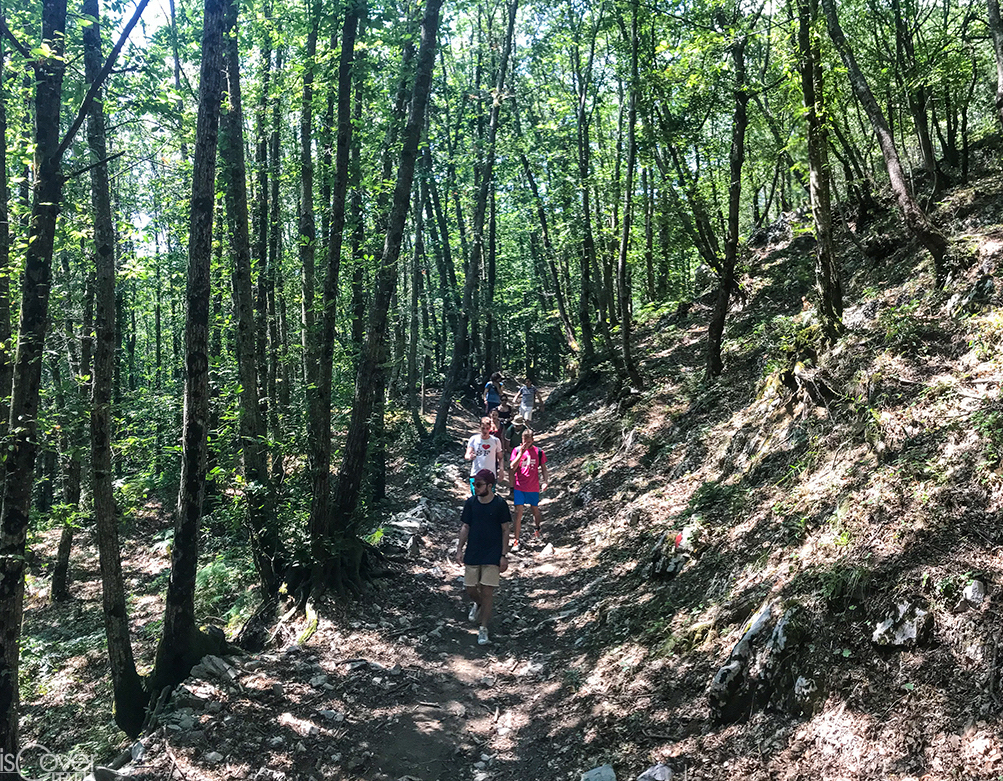
MASSA LUBRENSE – The islet of Isca, beloved home of Eduardo
It is from the hamlet of Massa Lubrense called Torca that the suggestive trail begins, part of the path identified with the number 344 of the Cai.

Li Galli, the archipelago of the sirens
In spring, the yellow blooms of the daffodils colour the rich and low wild vegetation that covers the islands. The larger one, in the shape of a dolphin, which however has the name of Gallo Lungo.

The small Pinguicula hirtiflora comes from the dawn of time. If the characteristic of the long stalk of the flowers is indicated by its scientific Latin name, “hirtiflora”, in the common one, which is erba unta amalfitana, its reference range is highlighted: the Sorrentine Peninsula and more particularly some small areas and of great environmental value of Amalfi Coast. From the 1300 meters of Mount Sant’Angelo to Tre Pizzi, in the heart of Lattari Mountains, where its largest population grows in the grotto and on the rocks near the Acqua Santa source to the oasis of Valle delle Ferriere and, at a much lower altitude, from Furore to the canyon of Vallone Porto, in Positano. They are all close to sources, where there are rocks on which the continuous dripping of water ensure to the Pinguicula the needed humidity to live, together with the mosses. And also environments in which the particular microclimate is favorable for the presence of many insects, where the nutriment of the prehistoric seedling comes from. It is a carnivorous plant, which has leaves with hair trapping the prey and vesicles full of a viscous secretion able to digest and absorb small insects caught. Still in full vegetation throughout the year, between May and July, delicate flowers with blue- violet petals and a white and yellow center bloom, peeping out among the limestone rocks. Michele Tenore, the botanist of the Bourbon court was the first discovered and described it for the first time in 1824, close to the source of Acqua Santa. Only the mot recent studies have allowed to identify the origin of this very ancient plant dating back to the Tertiary sector in the Balkans, from where it first moved to Salento, then in Calabria (it presence is reported outside the Peninsula only in Rossano Calabro) and then in Campania, where it found its natural habitat in the wetlands of the Coast. The Pinguicula is a rare plant and is considered at risk. It is inserted in the red list of the endangered species. Therefore, it is super protected in the beautiful places where it is still possible to meet it and admire its prodigal flowering.

The high cliffs of the Sorrentine Peninsula have always been one of its ideal habitat along the Italian coastlines.It is not rare to see the peregrine falcon (Falco peregrinus), while it flies majestically over the sea, looking for preys.

A wonderful place to meditate on your steps and your soul. A unique panorama sweeping from Capri to Ischia and then to the south, the Li Galli islands up to catch a glimpse of the hamlet of Praiano.

When we think of Agerola, the Path of the Gods immediately comes to mind, which is now a must-do for a holiday on the Amalfi Coast.
The imagination of the contemporary traveler gets lost in the alleys, after crossing Piazza del Plebiscito, touching the Royal Palace, the San Carlo Theater, and Via Toledo, aiming here and there at the surprising green patches of Capodimonte, the vegetable gardens and the Posillipine parks and the coastal cliffs of yellow tuff.